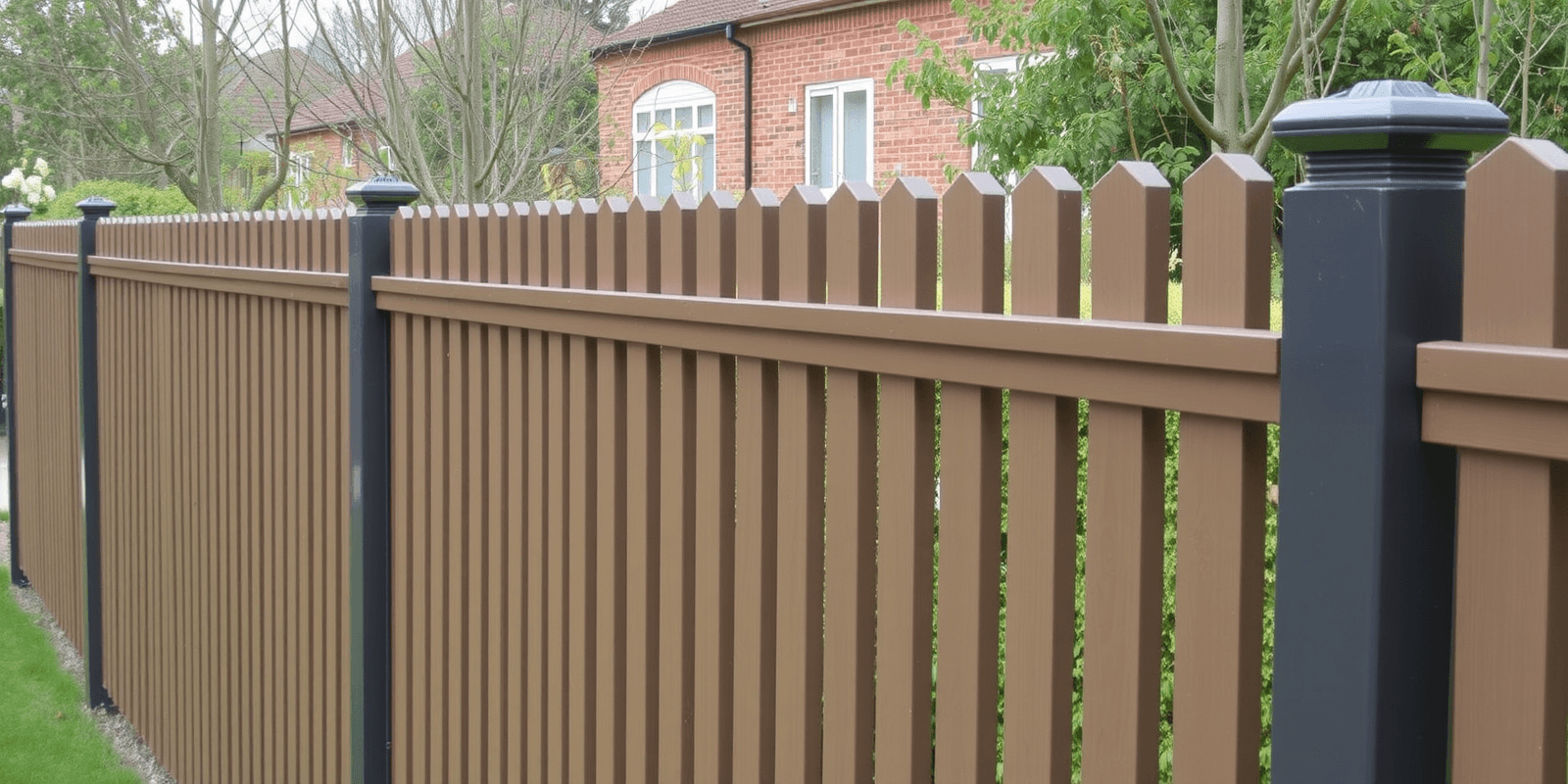Physical Address
304 North Cardinal St.
Dorchester Center, MA 02124
Physical Address
304 North Cardinal St.
Dorchester Center, MA 02124

Explore the environmental benefits of composite plastic fencing. Understand how this sustainable option reduces waste and conserves natural resources.
In recent years, the demand for sustainable solutions in home improvement and construction has surged. Among these solutions, composite plastic fencing stands out as an innovative and environmentally friendly option that not only enhances the aesthetics of outdoor spaces but also contributes significantly to reducing our carbon footprint. This article delves into the eco-friendly aspects of composite plastic fencing, examining how it utilizes recycled materials and reduces the need for chemical treatments, thereby promoting a greener environment.
One of the most compelling reasons to choose composite plastic fencing is its use of recycled materials. Traditional wooden fences require harvesting trees, which can lead to deforestation and habitat loss. In contrast, composite plastic fencing often incorporates recycled plastic, such as high-density polyethylene (HDPE) and polypropylene, sourced from items like milk jugs, detergent bottles, and other post-consumer waste products. According to the Environmental Protection Agency (EPA), recycling one ton of plastic can save approximately 5,774 kWh of energy. By repurposing these plastics into durable fence materials, composite fencing manufacturers reduce landfill waste and conserve natural resources.
Another significant advantage of composite plastic fencing is its reduced need for chemical treatments. Wooden fences often require regular applications of pesticides, fungicides, and preservatives to protect against rot, insect damage, and decay. These chemicals can leach into the soil, contaminating groundwater and harming local ecosystems. Composite plastic fencing, on the other hand, is inherently resistant to moisture, rot, and pests. The material’s composition makes it impervious to biological degradation, eliminating the need for ongoing chemical treatments. This not only reduces environmental pollution but also lowers maintenance costs for homeowners, contributing to both economic and ecological sustainability.
Composite plastic fencing offers exceptional longevity and durability, further enhancing its eco-friendly profile. Unlike wood, which can deteriorate over time, composite fencing maintains its structural integrity for decades with minimal upkeep. This extended lifespan means fewer replacements are necessary, reducing the overall demand for new materials and minimizing waste. A study published in the Journal of Cleaner Production highlights that extending the service life of building materials by even a few years can significantly reduce their environmental impact. Therefore, choosing composite plastic fencing not only benefits the immediate environment but also contributes to long-term sustainability goals.
Composite plastic fencing emerges as a prime example of how innovation in construction materials can align with environmental stewardship. Its utilization of recycled plastics and reduced reliance on chemical treatments make it a superior alternative to traditional fencing options. As consumers increasingly seek sustainable solutions, composite plastic fencing provides a practical and attractive option that supports a healthier planet. By embracing these eco-friendly choices, we can collectively move towards a more sustainable future.